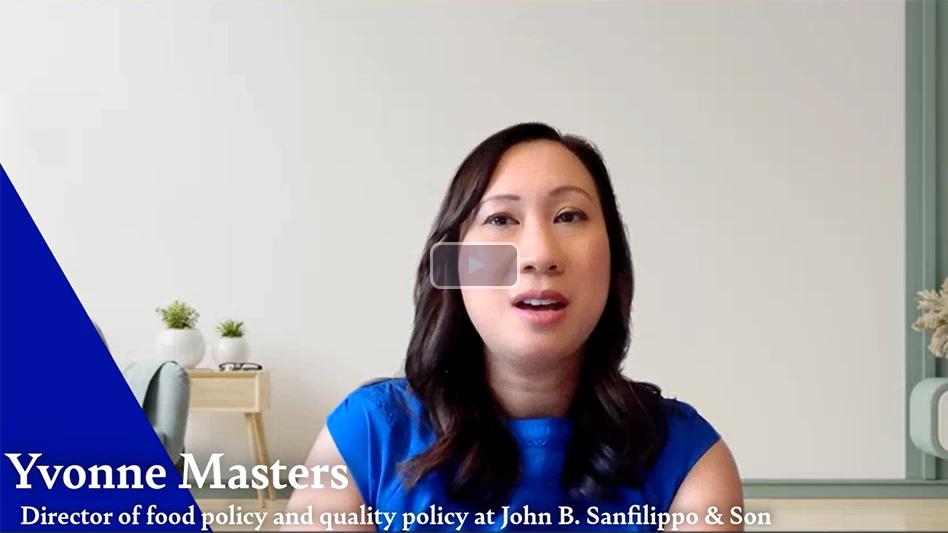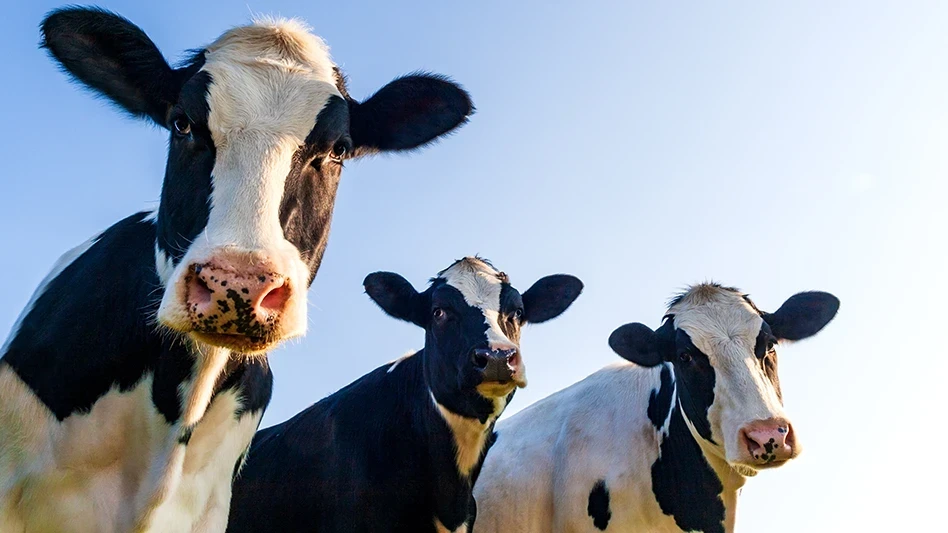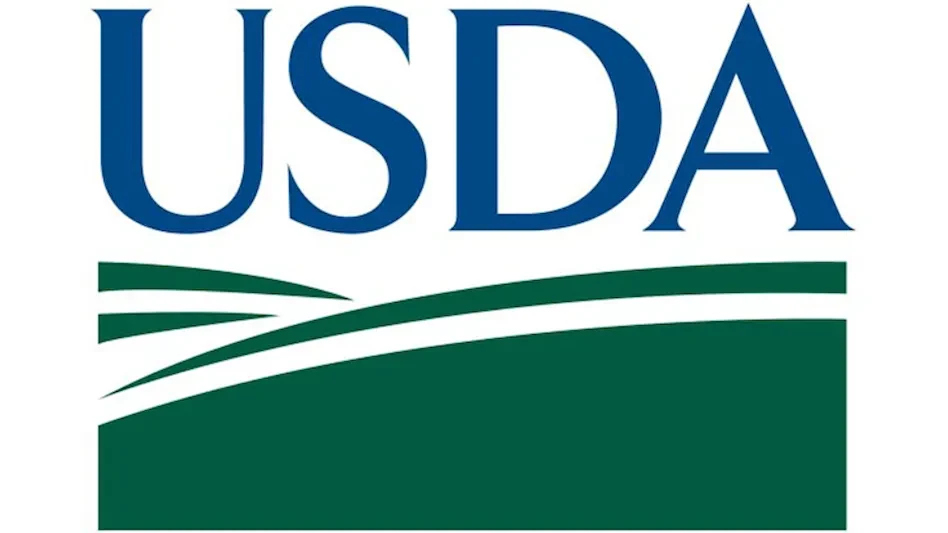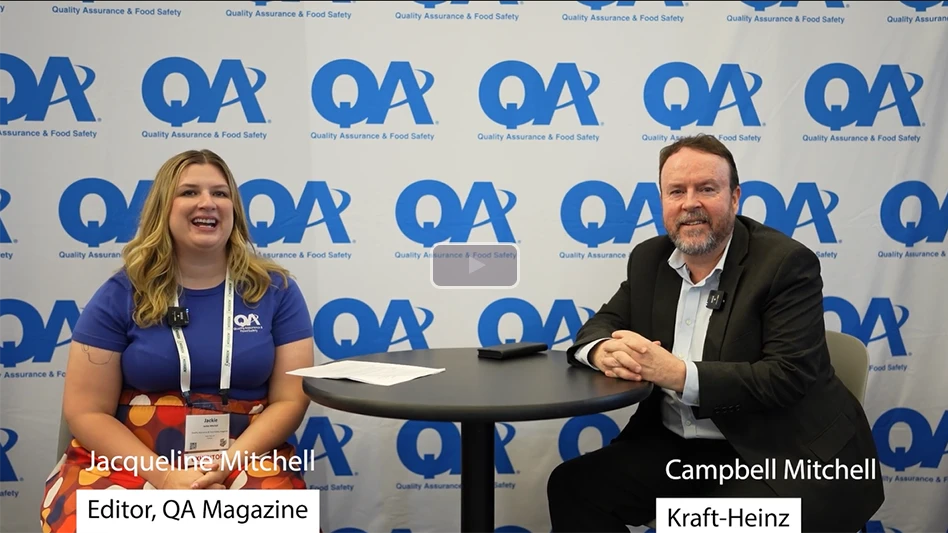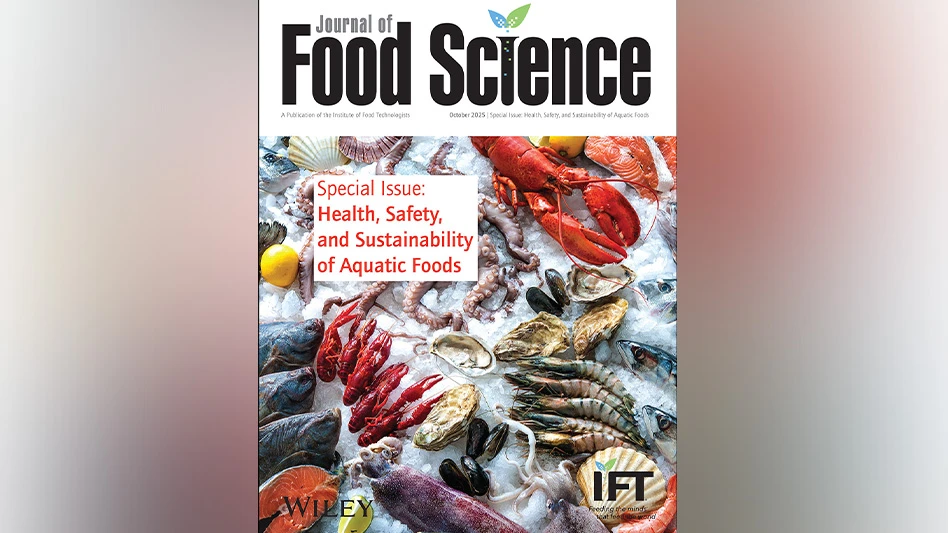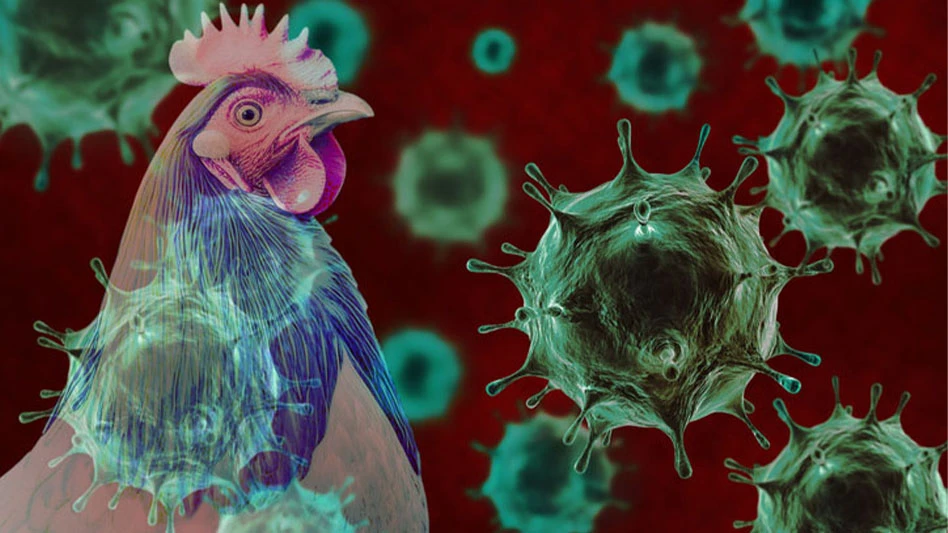
Food scientist and analytical chemist Lili He at the University of Massachusetts Amherst recently received a three-year, $473,628 grant from the USDA National Institute for Food and Agriculture to study mechanisms of how chemical pesticides, applied both systemically and to the surface, penetrate fresh produce and move into plant tissues, and how this may affect food safety for consumers.
He is an expert in a technique called surface-enhanced Raman Spectroscopy (SERS), which can detect trace amount of compounds in a sample. She has developed an innovative SERS method for studying pesticides on and in fresh produce without mashing up the sample.
Her research will focus on apples, grapes and leaf spinach as representatives of three different skin structures in fruits and vegetables: Apples have a thick skin that can be peeled, grapes have an ultra-thin skin that is usually not peeled and spinach has no skin.
“One thing we want to know is whether pesticides applied to these different skin surfaces penetrate the skin and how far, and if they can be easily washed off,” He says. “From some preliminary experiments, we know that non-systemic pesticides applied to the surface of fruits and vegetables can penetrate the skin by several microns which would be very hard to wash it away, but it has not been studied thoroughly,” she adds.
Studying this penetration has been very difficult, He says, and until recent technology advances including SERS, there has not been a good way. For example, earlier studies of pesticide residue in produce involved mashing up the sample and extracting pesticide from the paste. But SERS techniques can do better than that, that is, no need to mash up the sample, she notes.
He and colleagues will buy organic apples and grapes and will add pesticides to the surface for some of the experiments and will grow spinach in the campus greenhouse for testing both topical and systemic pesticides.
John Clark, director of the UMass Pesticide Laboratory, will validate He’s test results and Amanda Kinchla, extension food scientist, will also conduct experiments to determine whether traditional produce washing methods used for fruit and vegetables that is usually intended to remove bacteria can also help to reduce pesticide residue.
Latest from Quality Assurance & Food Safety
- Chef Robotics Introduces Pat-Down Capability for Meal Presentation and Sealing
- USDA Launches Regenerative Pilot Program
- Indoor Ag-Con Adds Food Safety Track to Conference Lineup
- IDFA Recognizes Federal Officials for Support of U.S. Dairy Industry
- Tetra Pak Acquires Bioreactors.net
- Fresh Del Monte Receives Rabobank Leadership Award
- São Paulo Earns Guinness World Record for Largest Municipal Food Security Program
- KPM Analytics Releases Ready-to-Use NIR Calibration Packages
